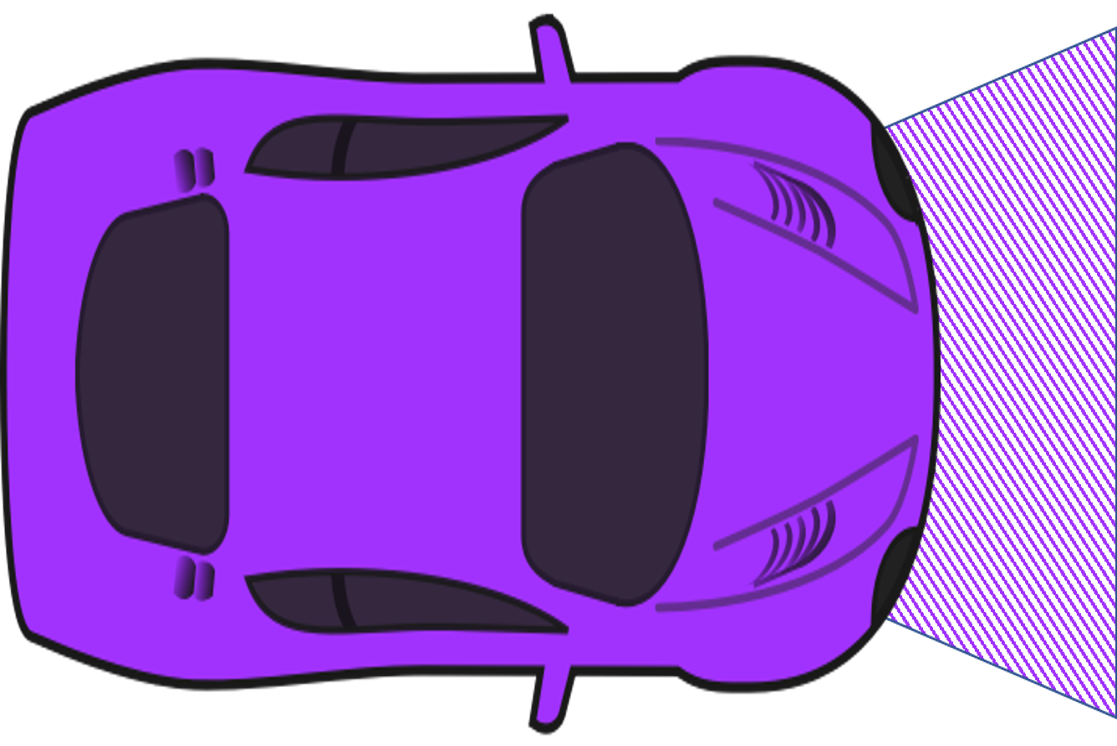An L4+ accident happens every 10k miles - simple things like curbing wheels. You can check my older posts for links.
I don't think every other disengagement would prevent an accident - where as some interventions may have prevented accidents (say going across the intersection slowly so you push the accelerator). My disengagements or interventions were very rarely to prevent accidents. Only Tesla knows the real numbers (if at all).
If we just go by the crowdsourced numbers, may be one in 10 disengagements would be to prevent to accidents.
View attachment 1046457
FSD Community Tracker

www.teslafsdtracker.com


